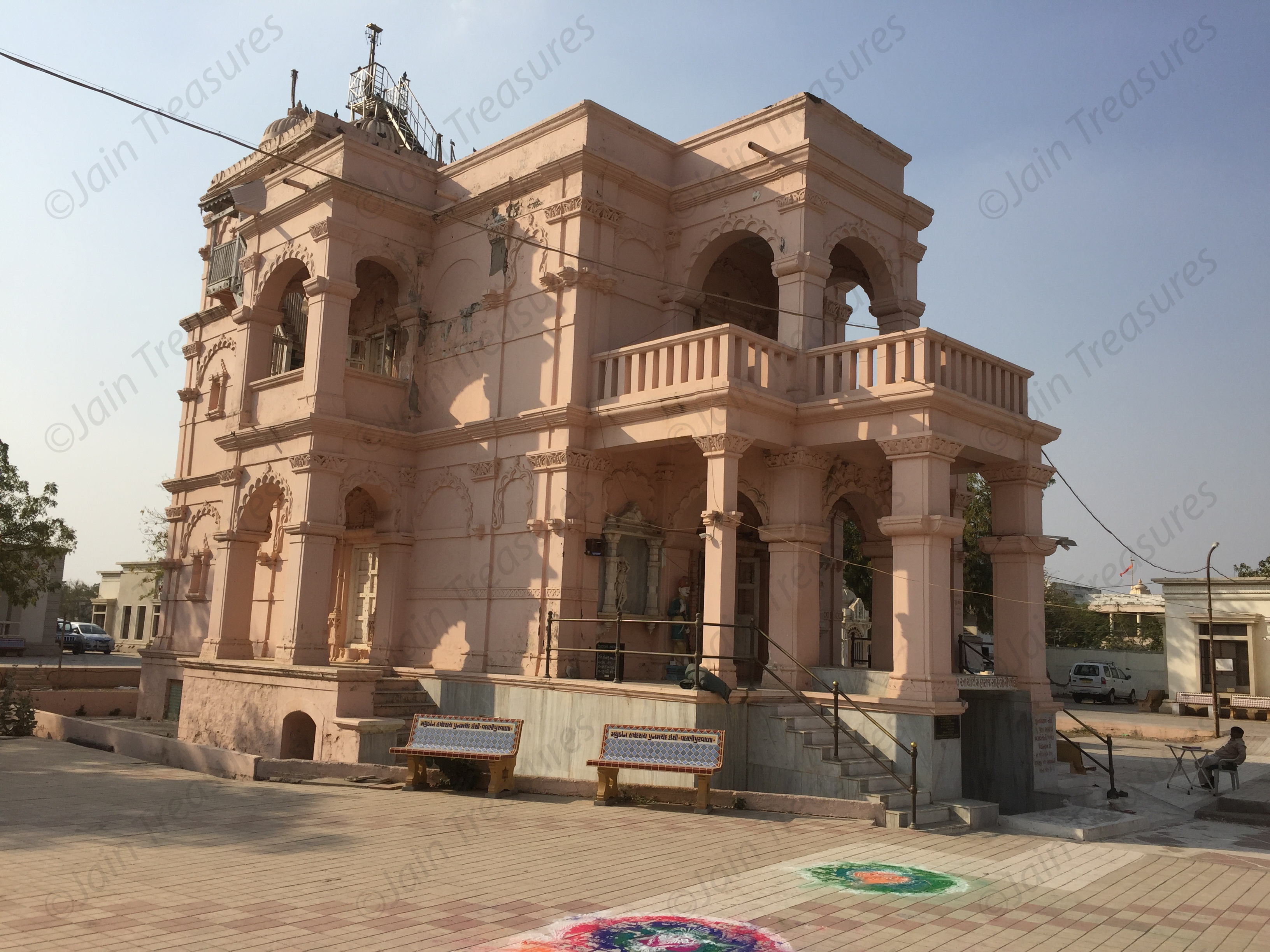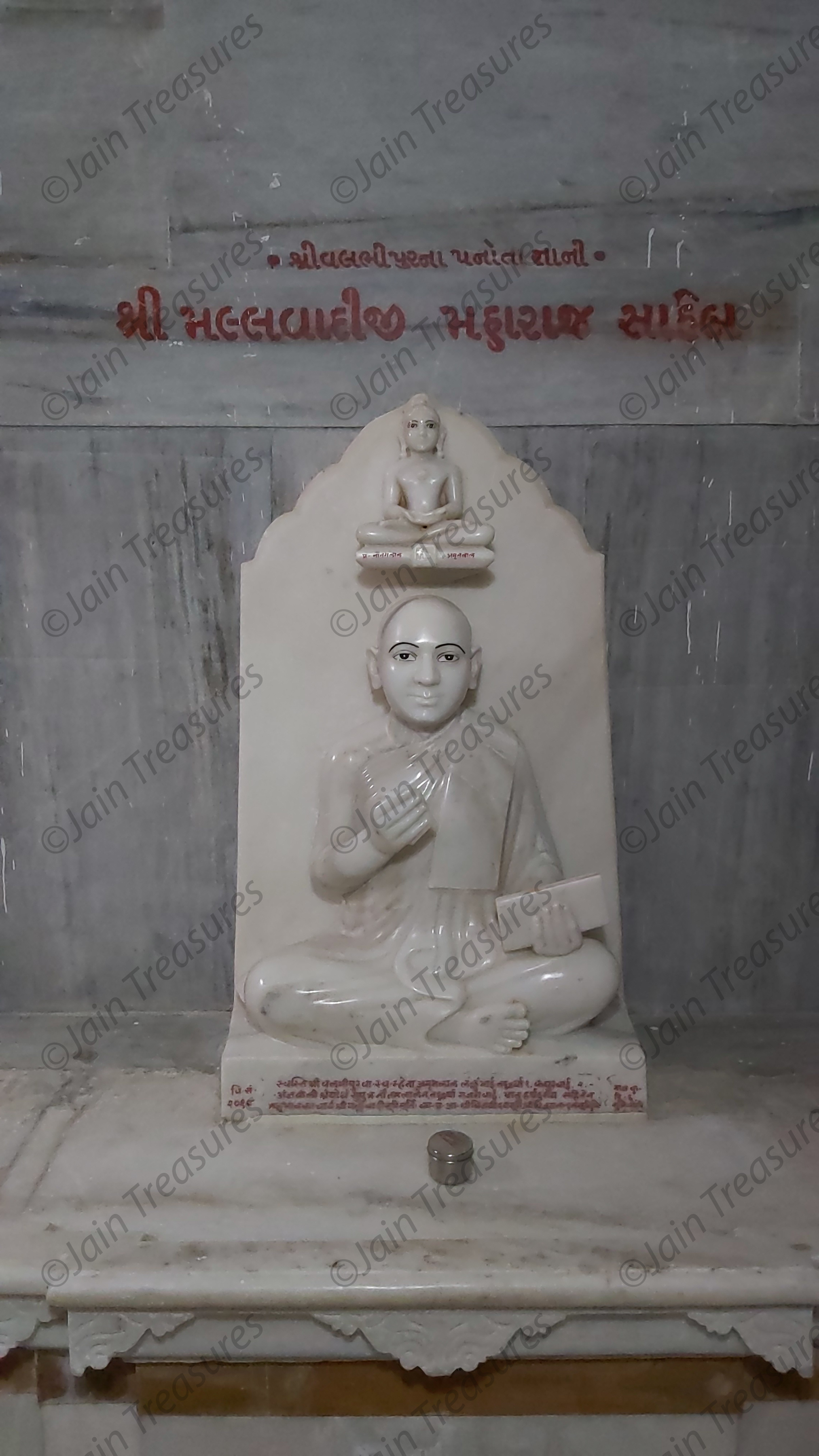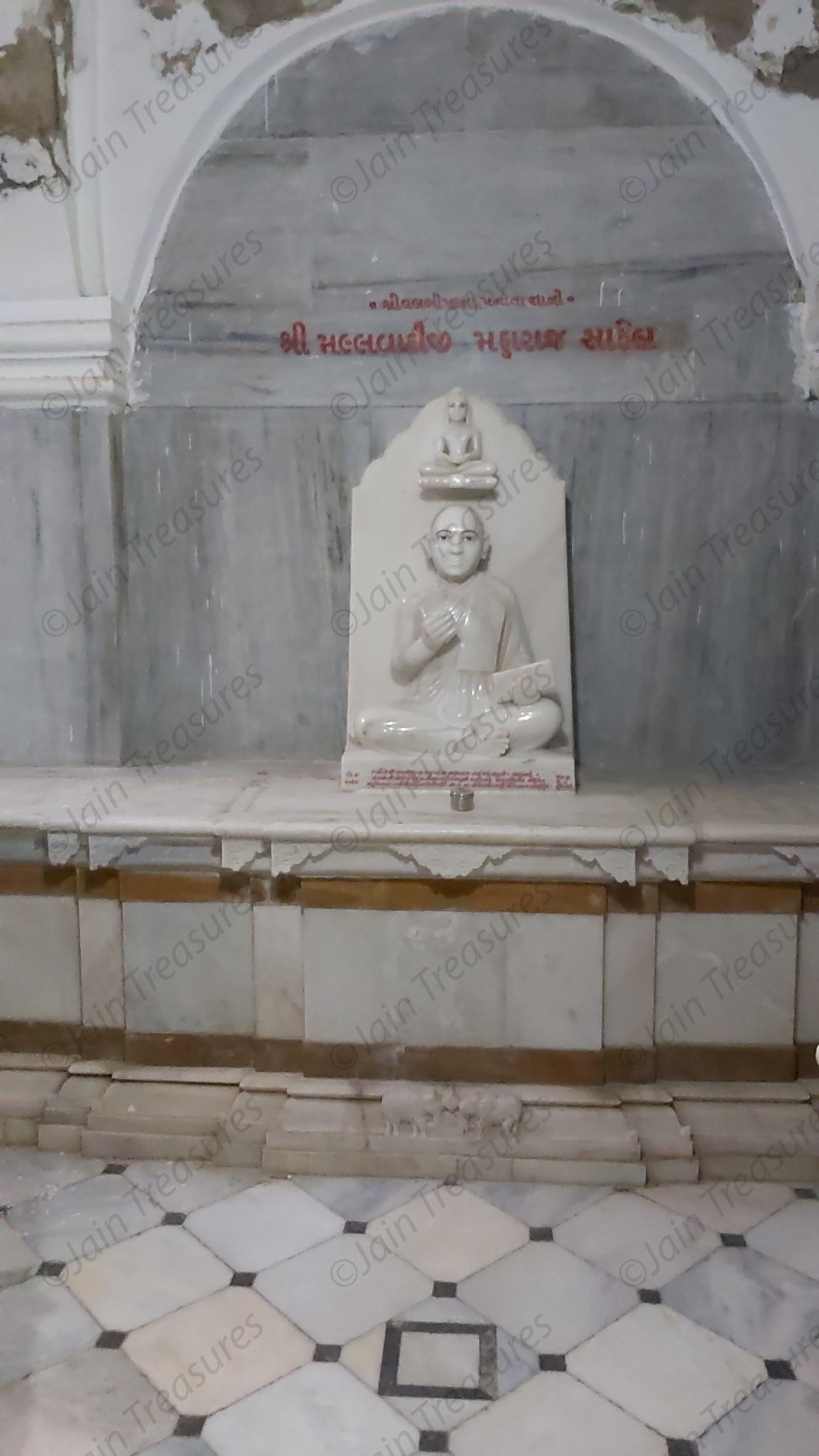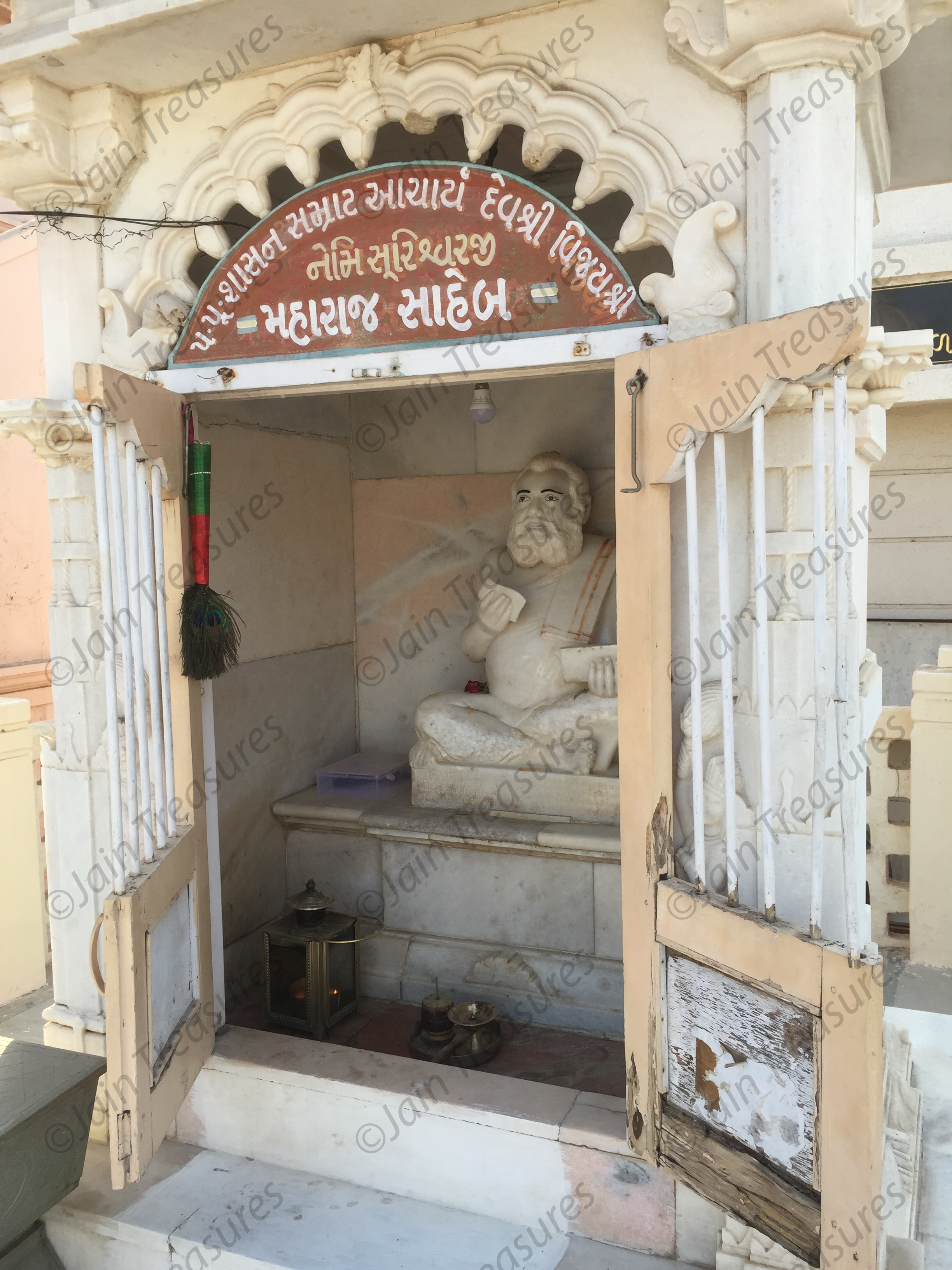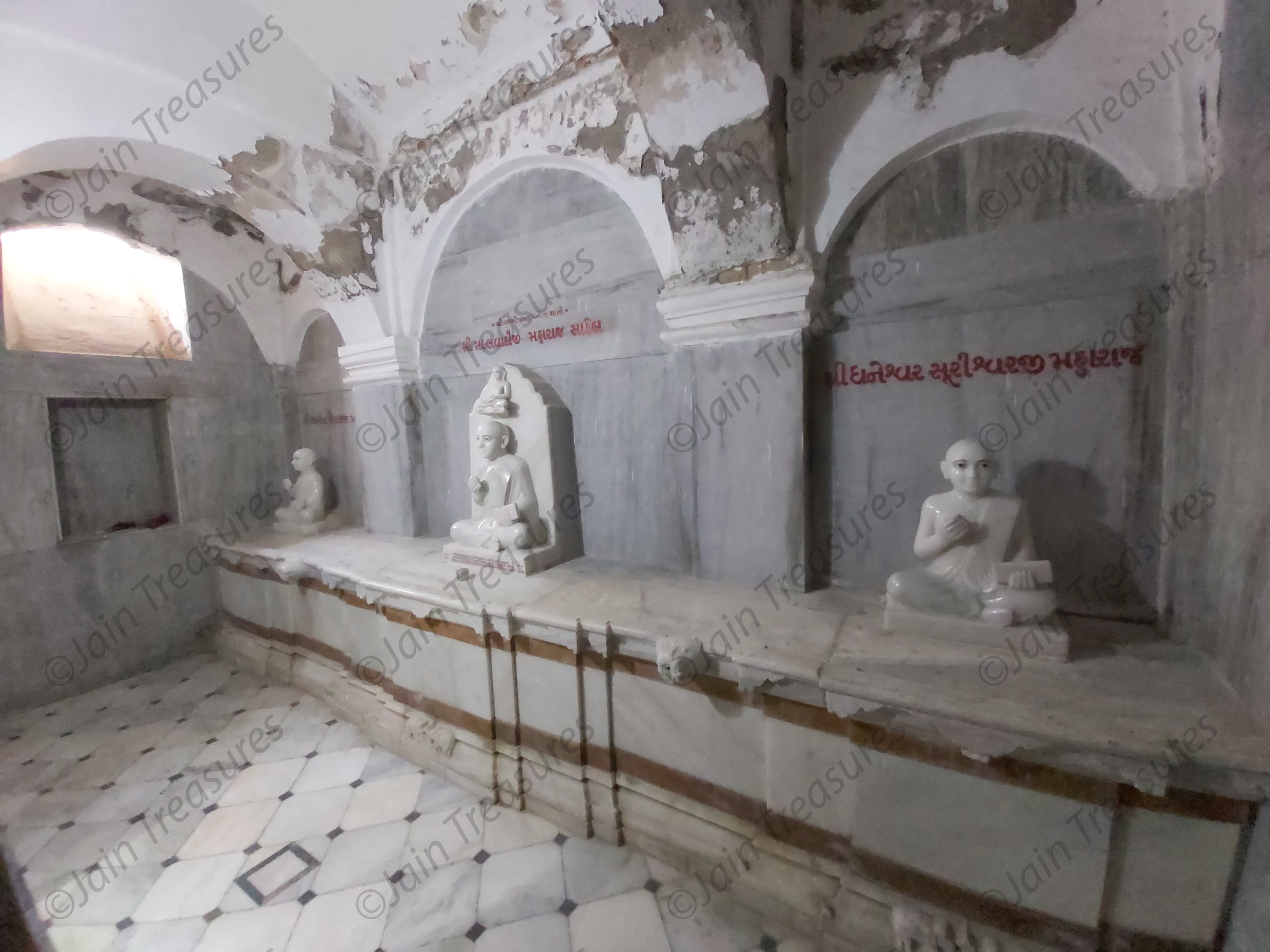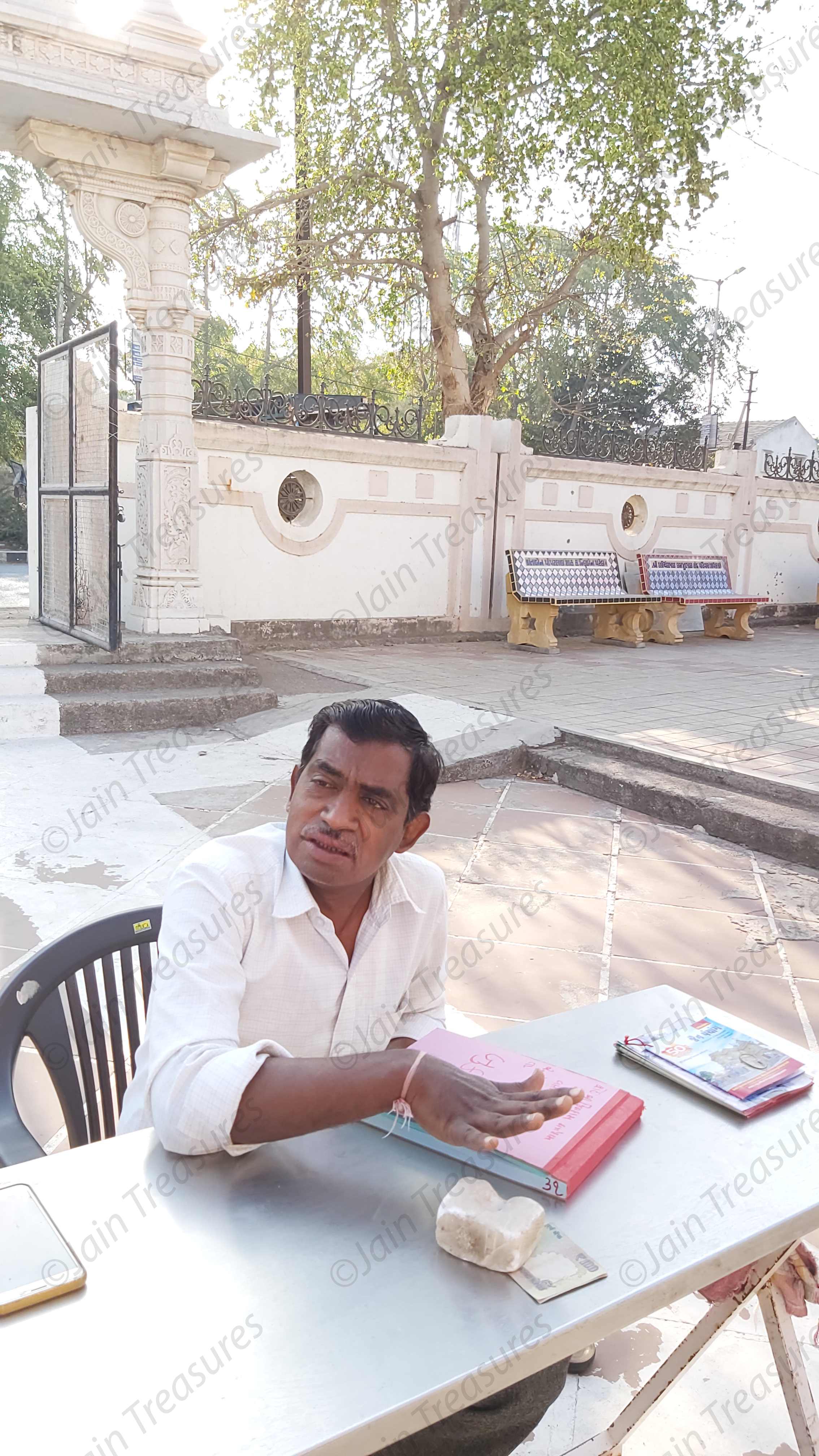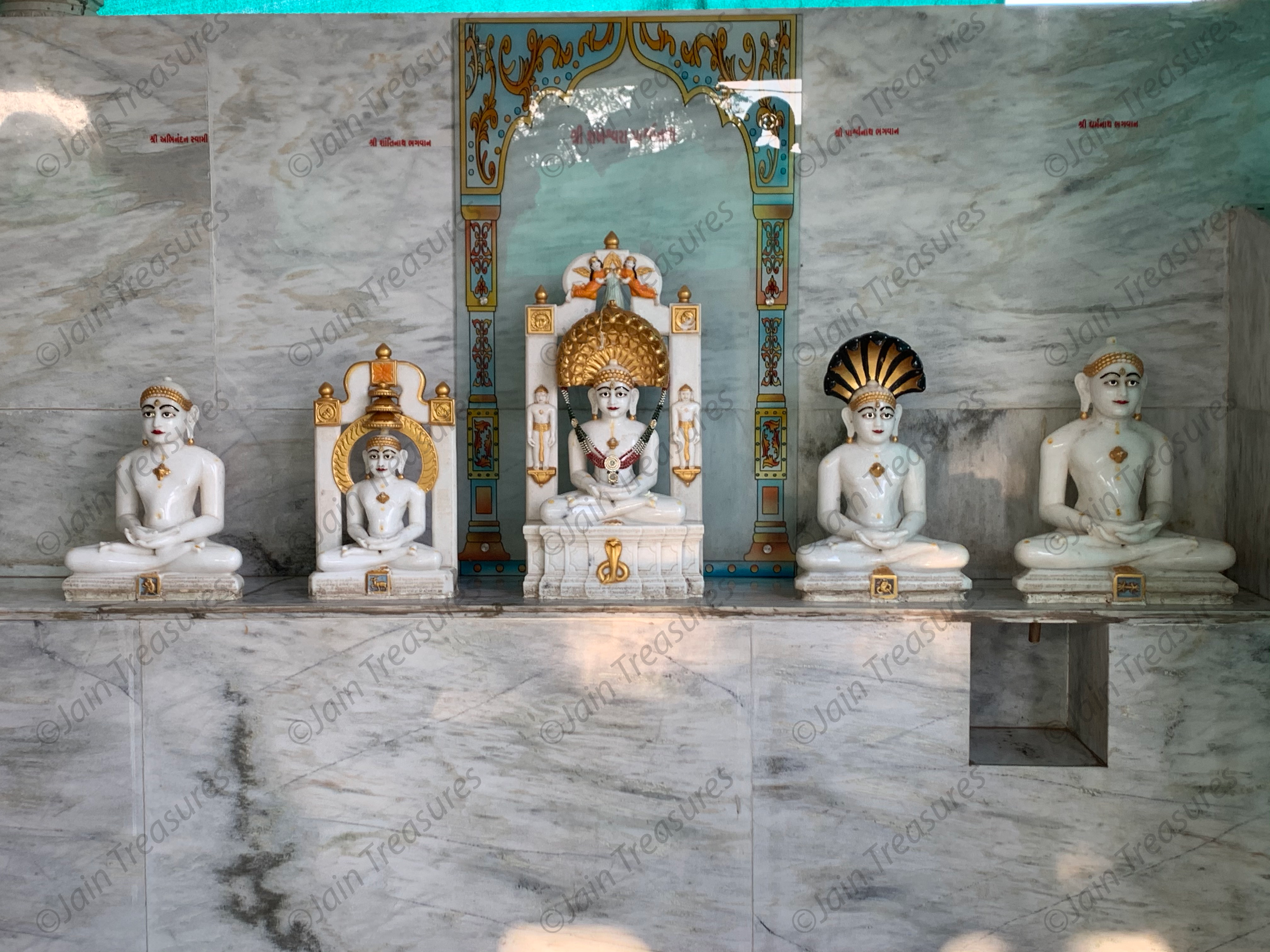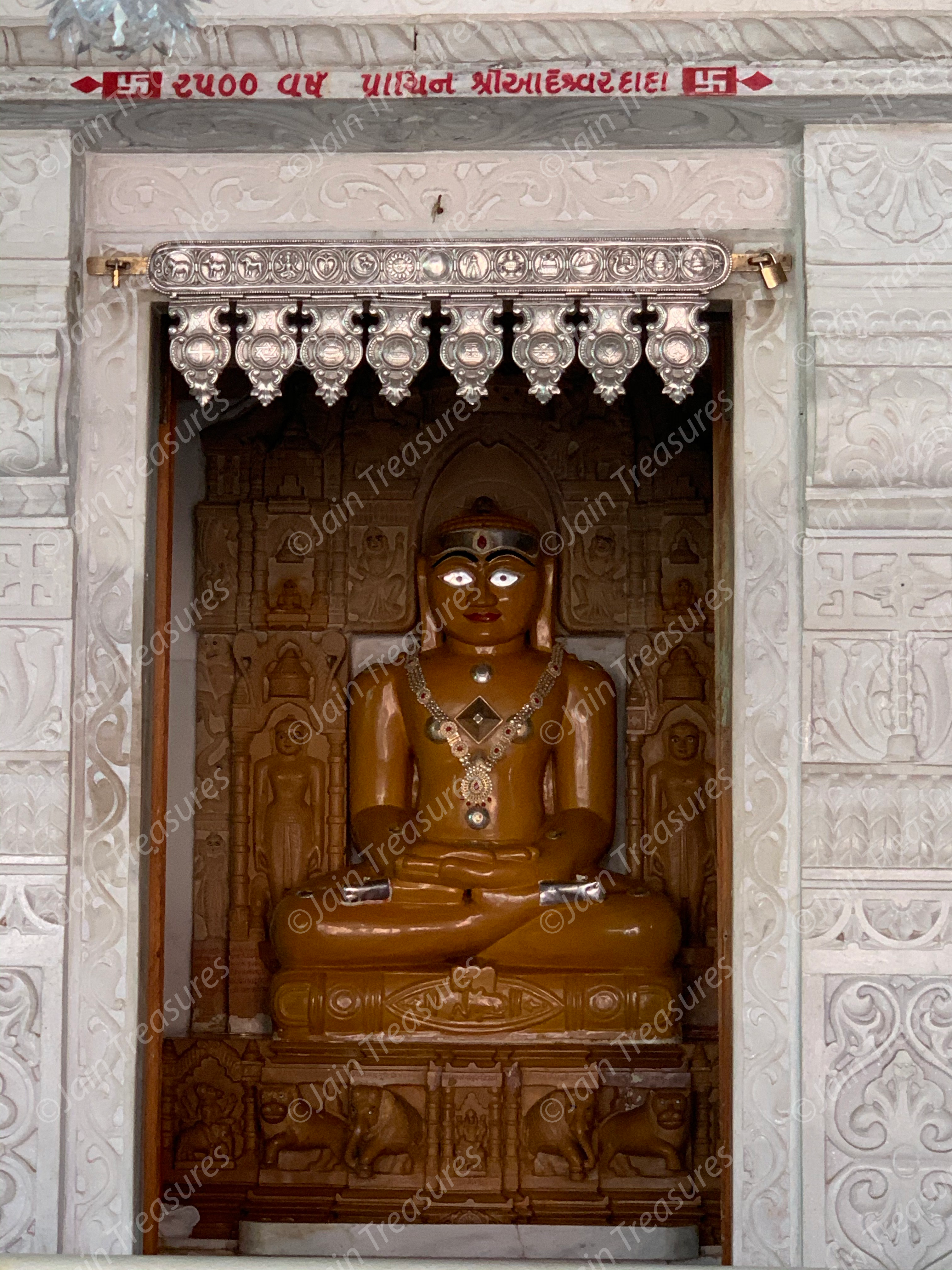Vallabhipura is an ancient tirth and of great historical importance to the Jains. It used to be known as Vamilput. It was once the capital of the Mauryan dynasty fand many kings became followers of Jainism. Records suggest that Buddhist monk HiuenTsang also known as Xuanzang visited Vallabhipura around 600AD and described it to be grand city with many Jain residents. Around the 9th century, the city declined under the rule of Gujarpati Hammir and was largely destroyed and the ancient idols relocated to other safe havens.
After the nirvana of Lord Mahaveer, his teachings were passed on orally across the generations of ascetics. This continued for about 150 – 200 years until it is believed famine struck and many ascetics died and those who survived found it difficult to recall all the teachings of Lord Mahaveer. Thus a series of vāchanās (recensions) occurred.
(i) Pataliputra around 350BC
(ii) Mathura & Vallabhi around 300AD
(iii) Vallabhi around 450AD
Thus, almost all of the Jain scriptures (Aagams) we have today is a result of the gathering that occurred in Vallabhipur around 1600 years ago.
This council was presided by Ācharyā Devārddhigani Kshamā Devārddhigani along with 500 other Ācharyās whose idols are present in the basement temple.
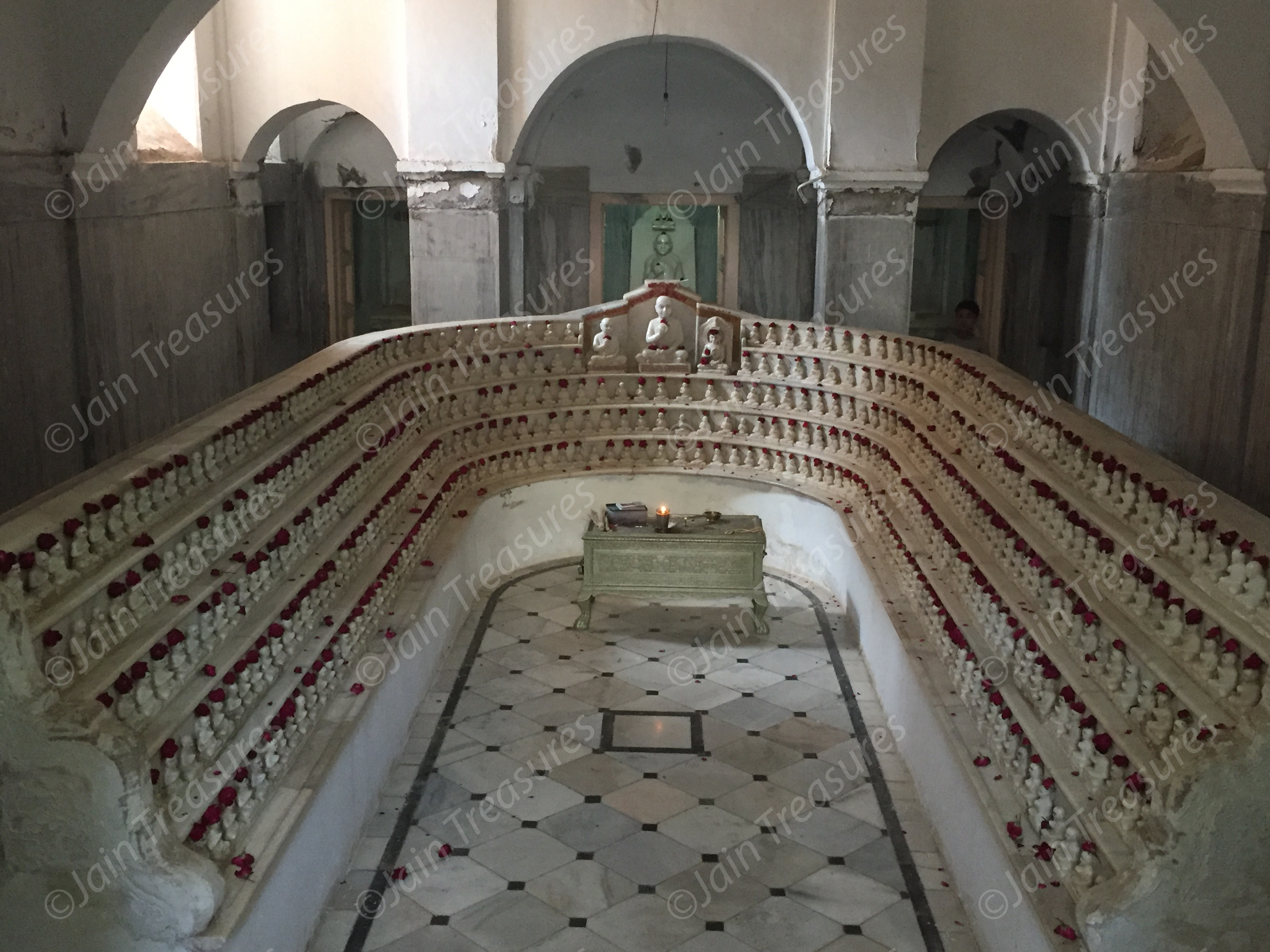
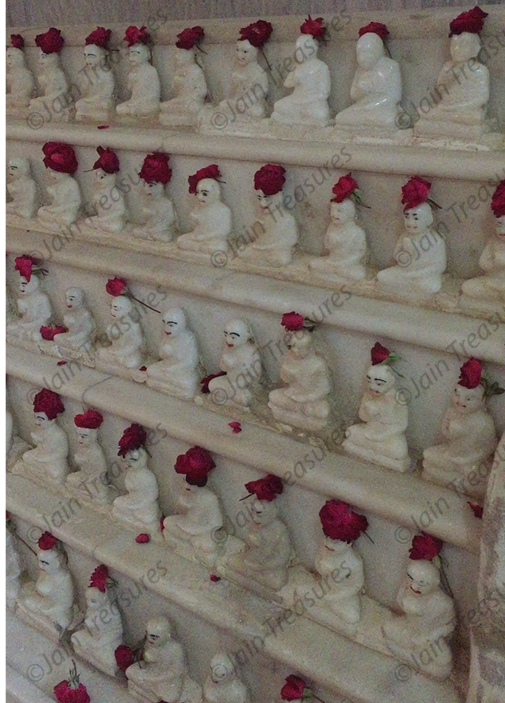
Around 500AD, King Dhruvsen’s son died and it is believed that Ācharyā Devārddhigani Kshamā Shraman recited the Kalpa Sutra in public to comfort the King of his grief and since that day Kalpa Sutra is recited during the Paryushan festival. It is believed that Ācharyā Devārddhigani Kshamā Shraman himself wrote many scriptures.
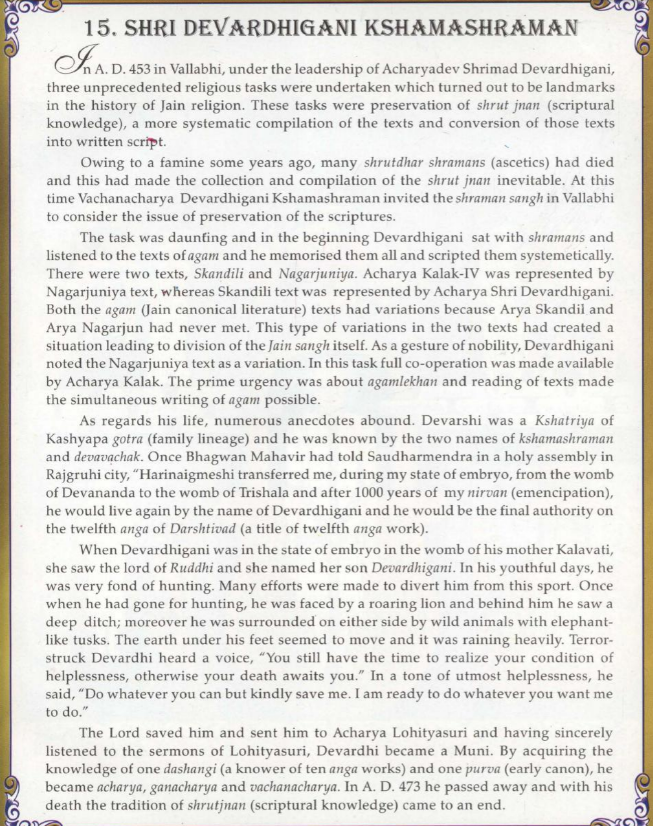
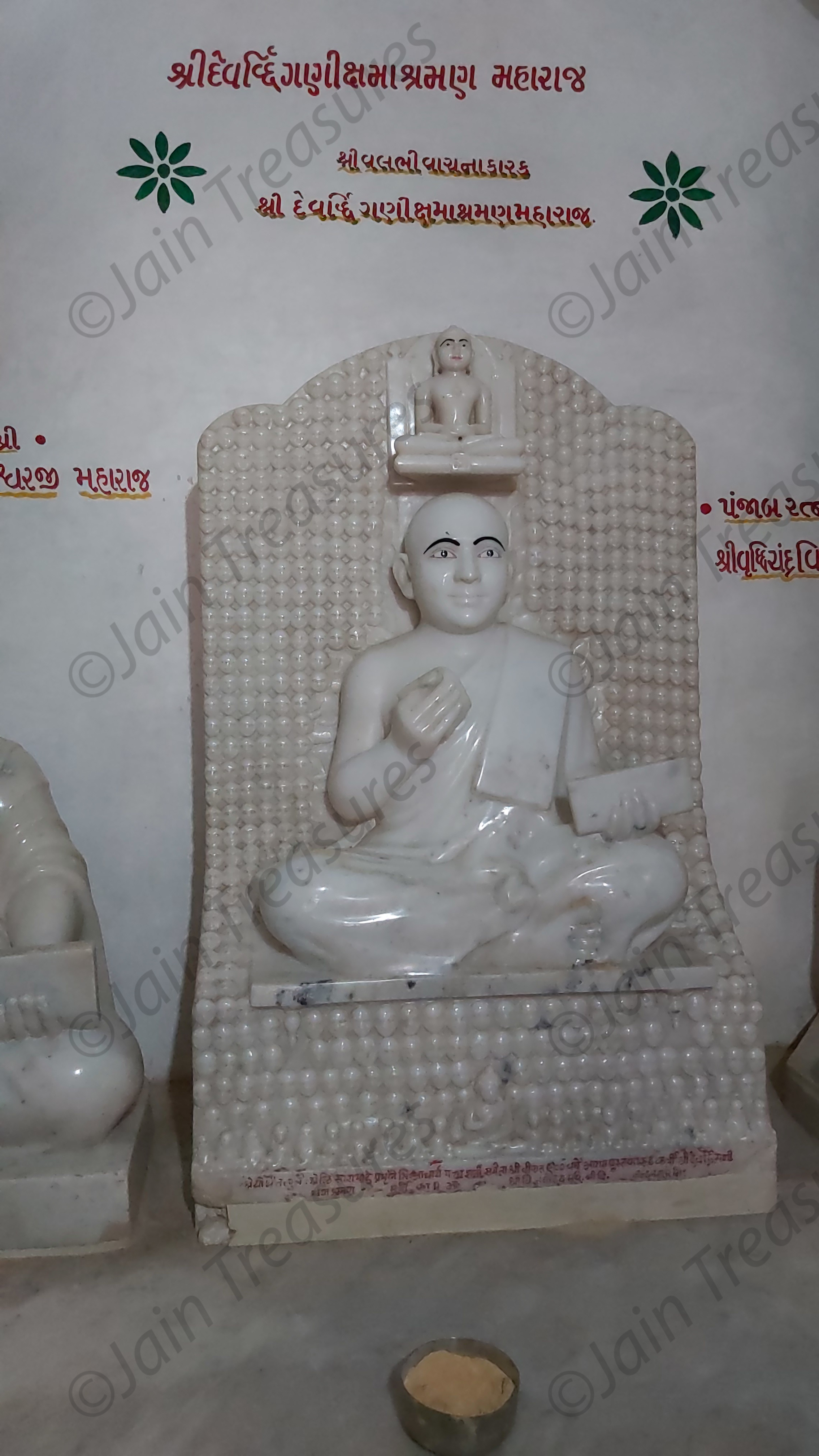
Idols of other eminent Ācharyās include:
(a) Ācharyā Mallavadisuriji:
In the 5th century, King Shilāditya had honoured erudite scholar Ācharyā Mallavadisuriji as the King of all logicians.
(b) Ācharyā Siddhāsen Diwākar – He was known as an erudite logician and composed the famous hymn Kalyān Mandir Stotra and wrote the famous treatise Sanmati Tarka (logic of true doctrine).
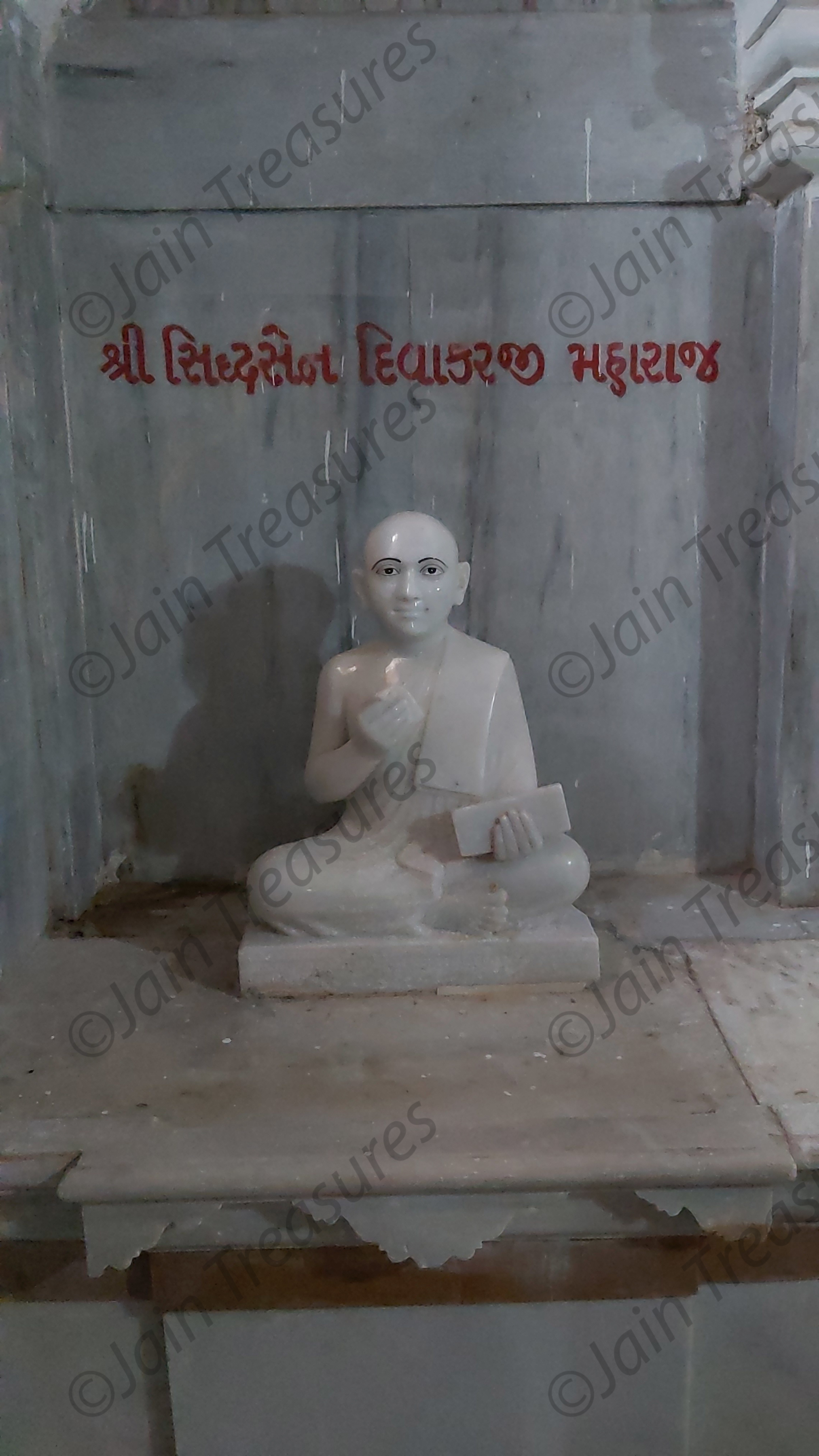
(c) Ācharyā Dhanesvar Suriswarji Maharaj – authored Shatrunjay Mahatmya which is a voluminous 9000 stanza text detailing the history and significance of Shatrunjay Māhātirth. He is also believed to have composed the Laghu Shānti Stotra (“nāni” Shānti).

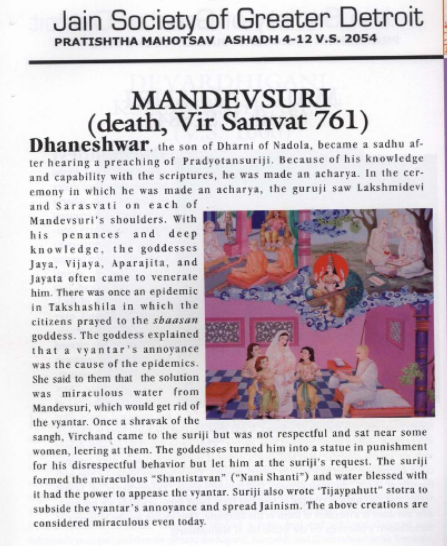
(d) Ācharyā Haribhadra Suriswarji Maharaj who authored 1440 scriptures. He holds a distinguished position for his versatile intelligence, unparallel knowledge, equal treatment to all, non-prejudicial criticism and an excellent command over the languages. He is famous for his treatise Yogadrstisamuccaya. He was a Brahmin scholar and quite arrogant about his brilliance that he challenged anyone who could present him with a topic that he could not understand. Read the story on how he transformed into a great Jain ascetic.
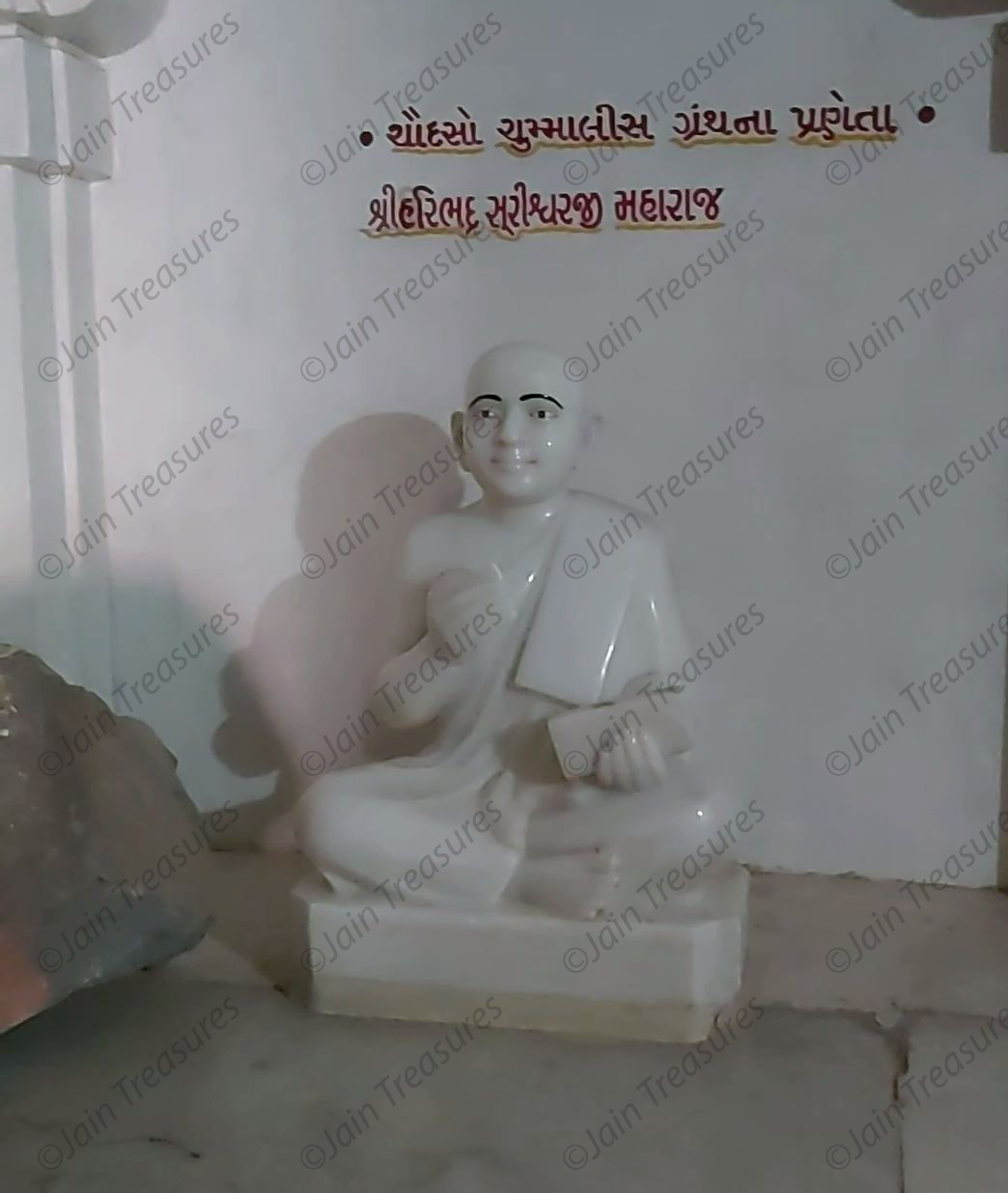
(e) Ācharyā Hirvijaysuri was an eminent Ācharyā in the 16th century who persuaded King Akbar to issue a proclamation to prohibit animal slaughter during certain Jain religious days. He was conferred the title Jagadguru by King Akbar.
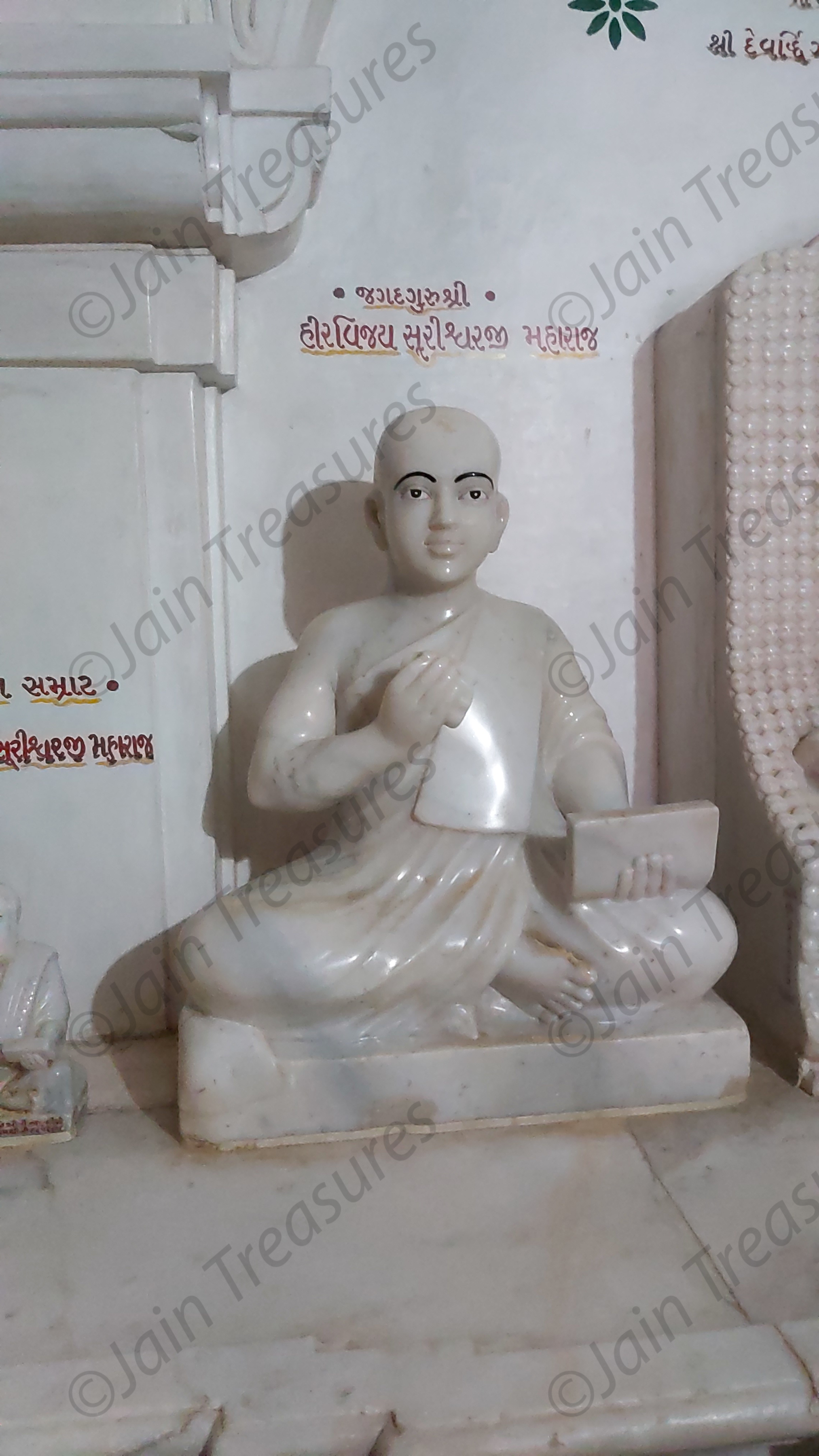
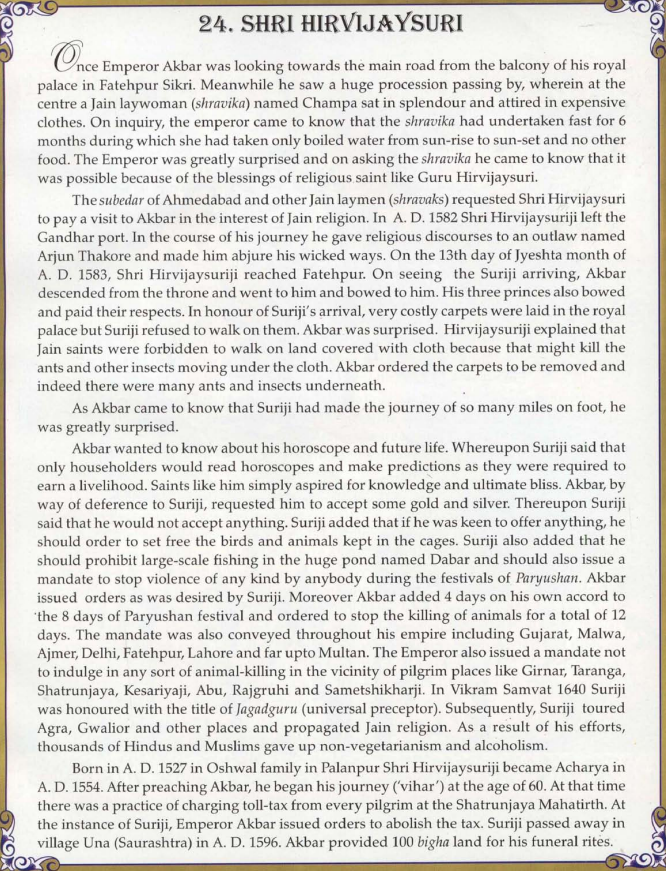
(f) Punjab Ratna Shree Vriddhichandra Vijayji Maharaj was a disciple of the eminent Ācharyā Shri Buddhi Vijayji Maharaj in the lates 1800s.

(g) Kalikāl Sarvagna Ācharyā Shree Hemchandra Suriswarji Māhāraj
Ācharyā Hemchandra was an erudite and eminent Jain saint and who wrote many treatises in Sanskrit around 1100AD. He has composed over 30 million stanzas – no wonder he was conferred the title of Kalikaal Sarvagna (Omniscient of the current age).
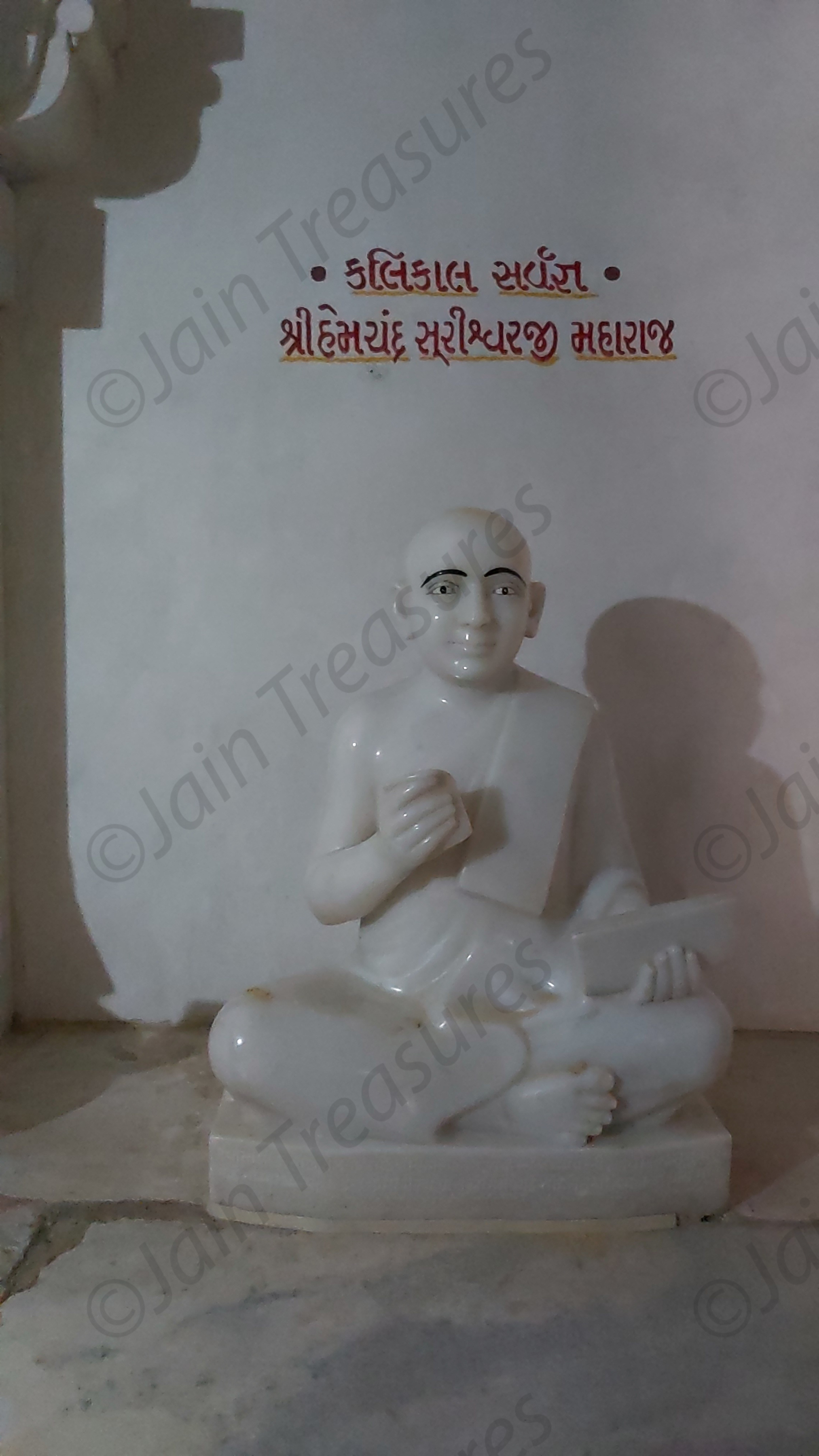
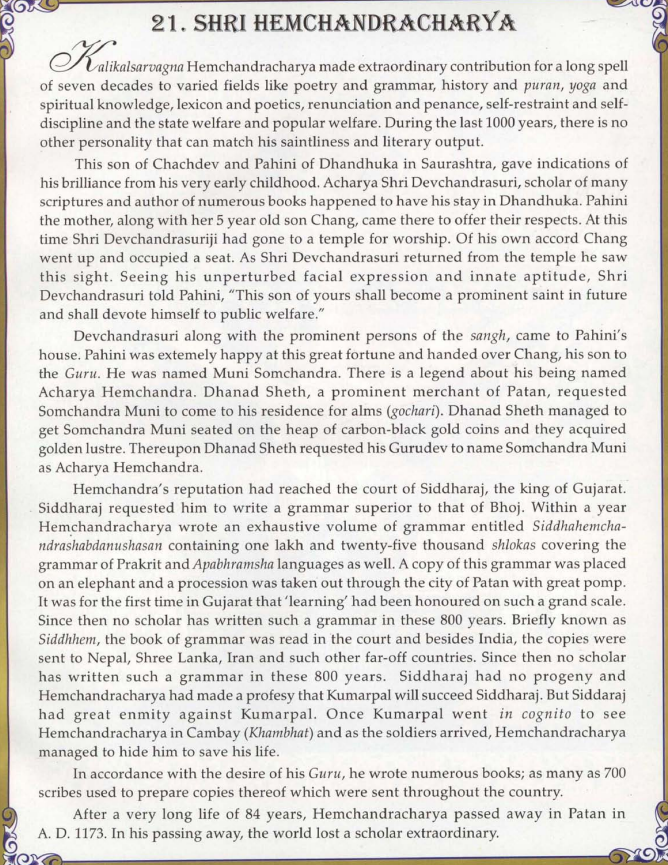
(h) Ācharyā Nemisurisvarji initiated recent renovations. In 1939 when he was doing his monsoon sojourn (chomasu) in Vallabhipura, the King of town Shree Gambhirsiṇhji Thakor Saheb used to regularly come to pay his respect. He gave the current plot of land where the temple is currently situated as a gift to the Ācharyā who did not accept it for free, but requested Sheth Jinadas Dharmadas Pedhi to buy it at a token price.
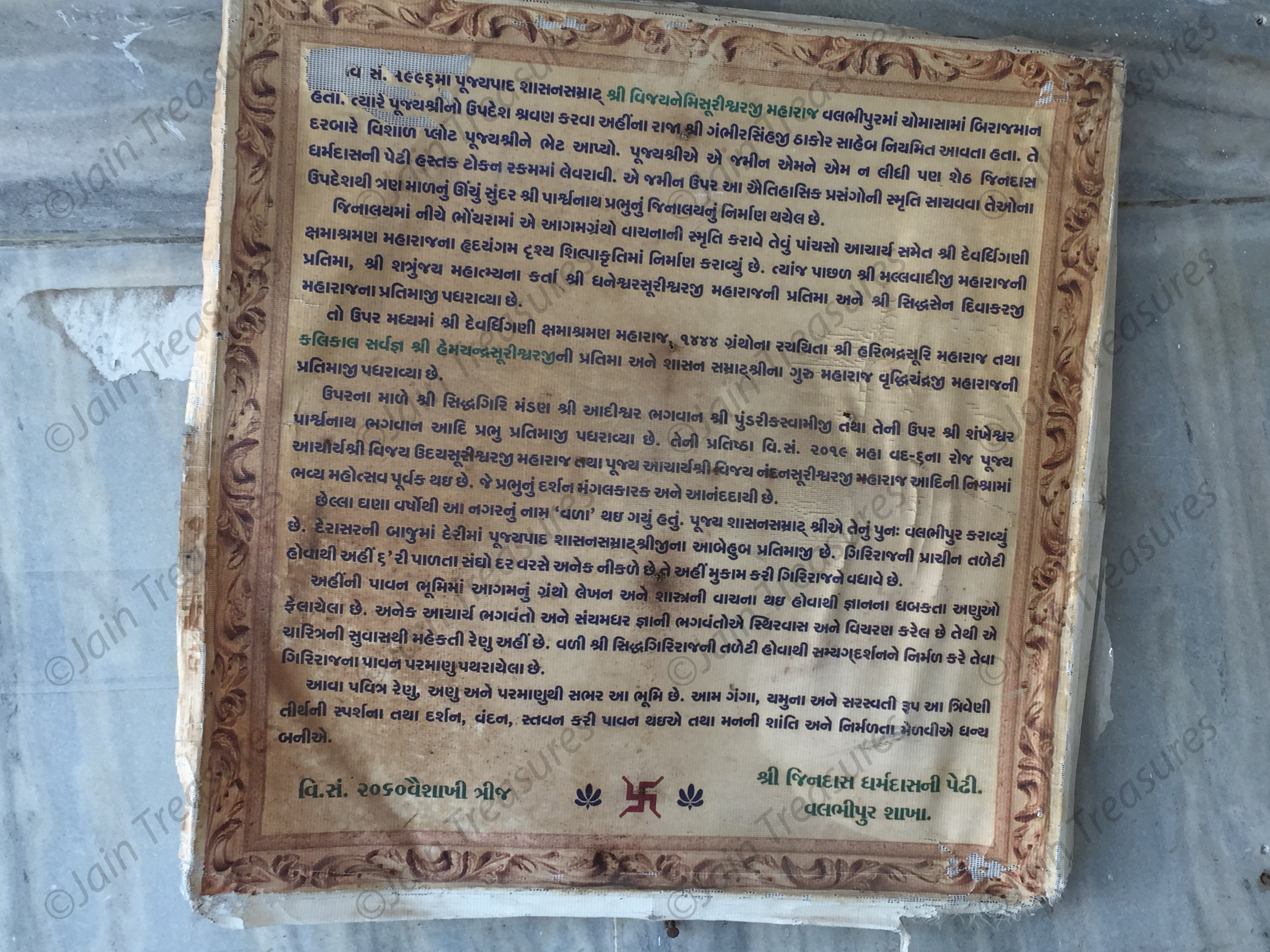
Lord Neminath murti at Girnar was once consecrated at Vallabhipura.
It is believed that this tirth was once an extension of the base of Mount Shatrunay. There is a temple within the same complex which is built to represent the taleti of Shatrunjay. The brown coloured murti of Lord Adeshwar is 2500 years old, almost during the time of Lord Mahaveer!
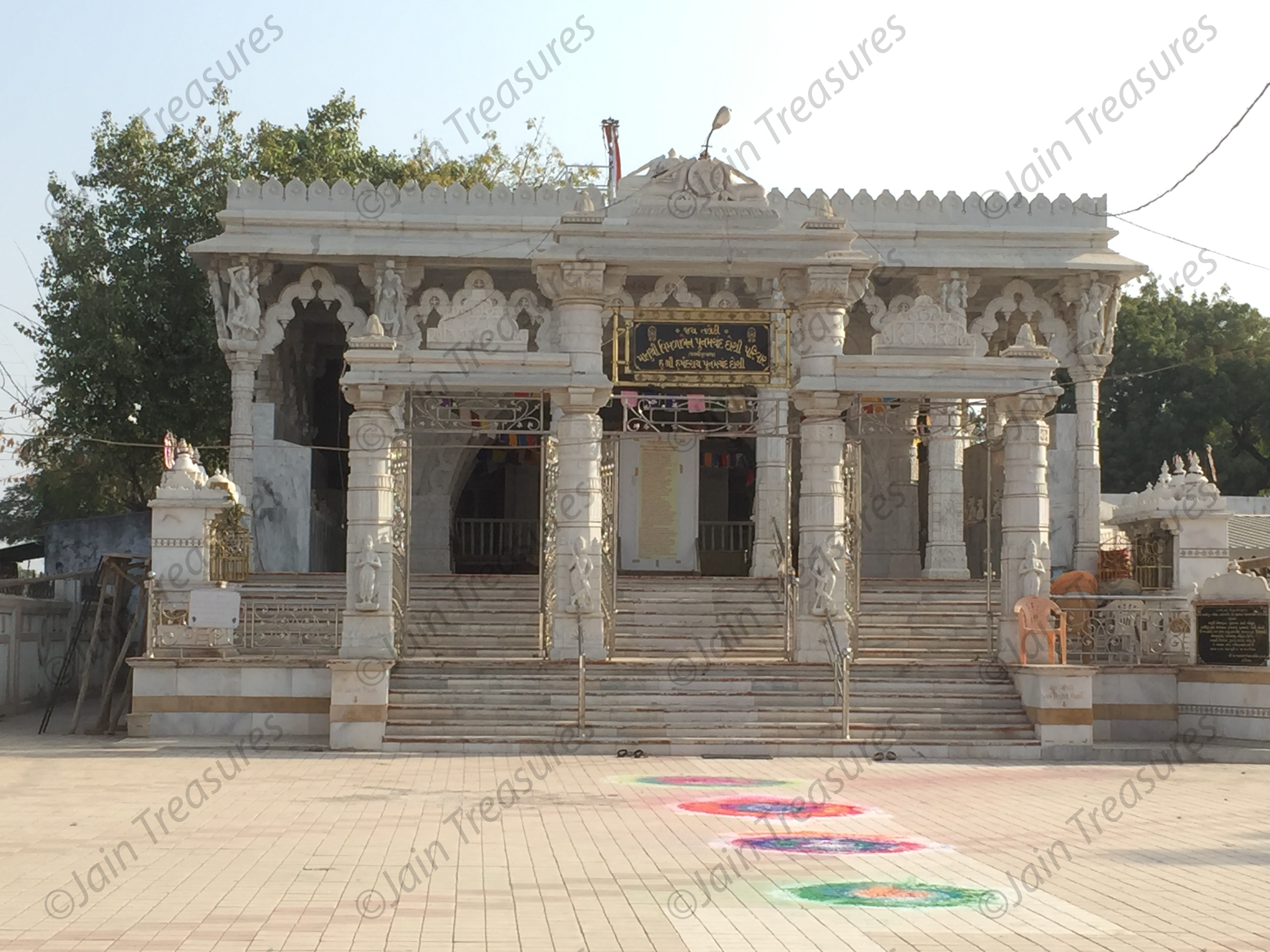
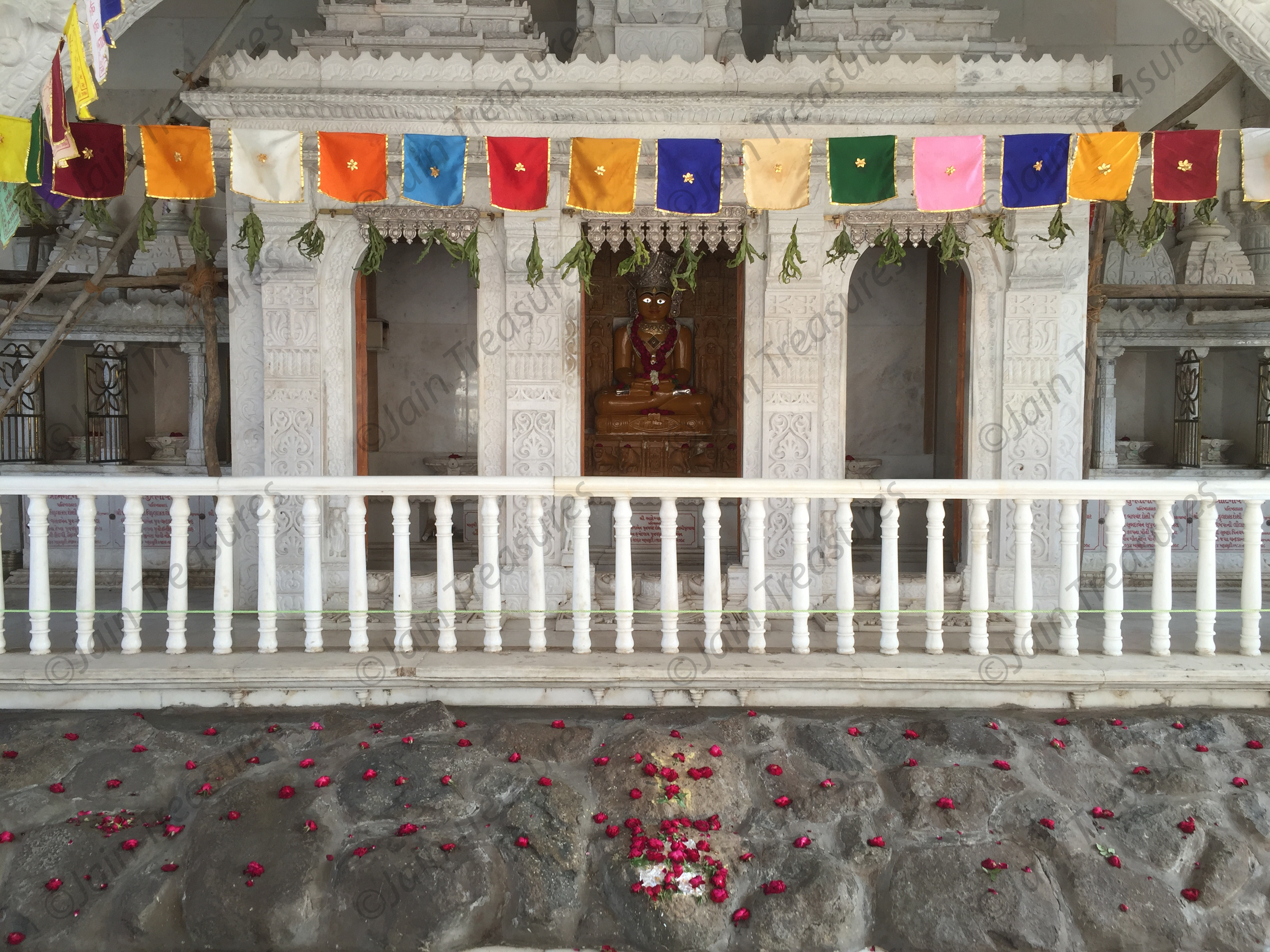
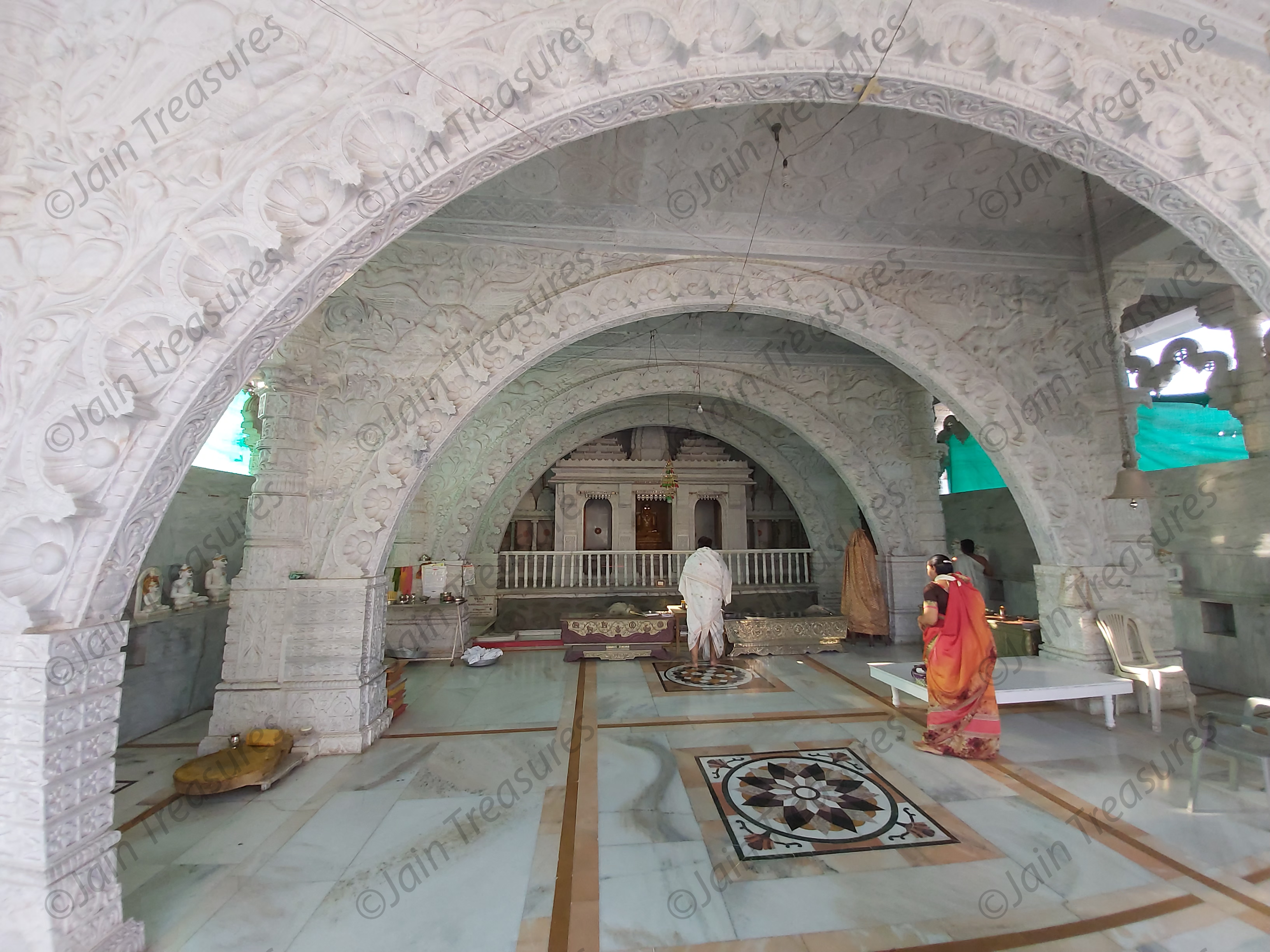
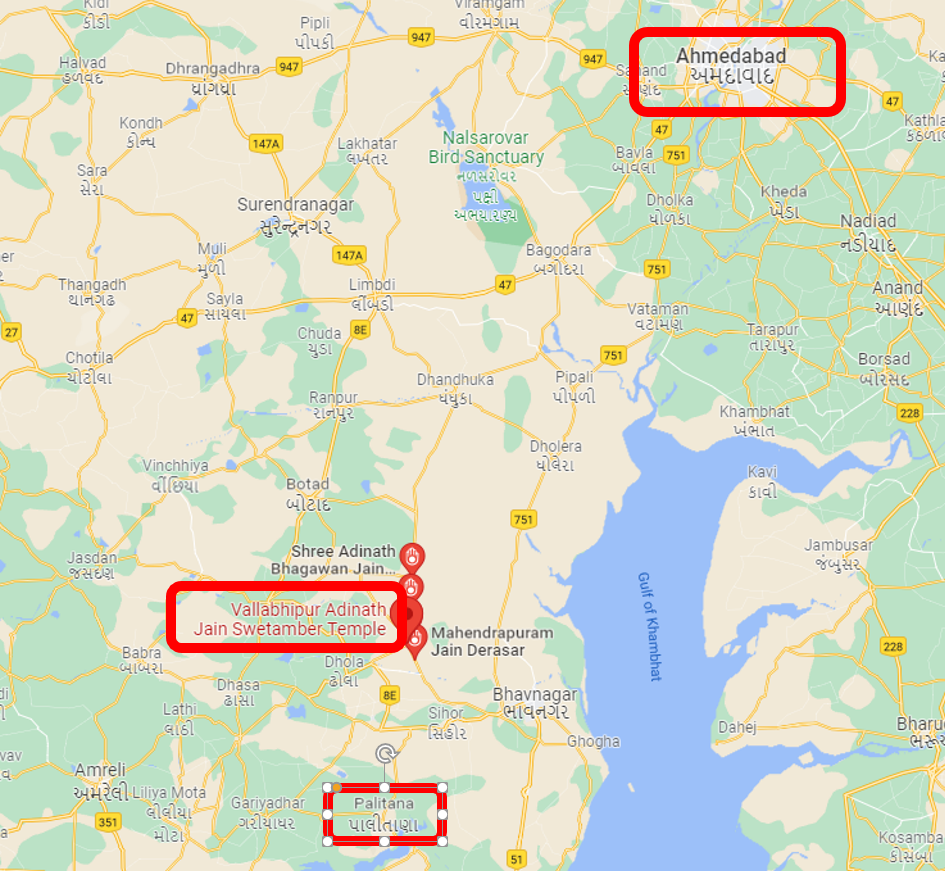
References:
1. JAINA E-LIBRARY
2. Internet
3. List of Acharyas, Yugpradhan Pattavali
Internet

